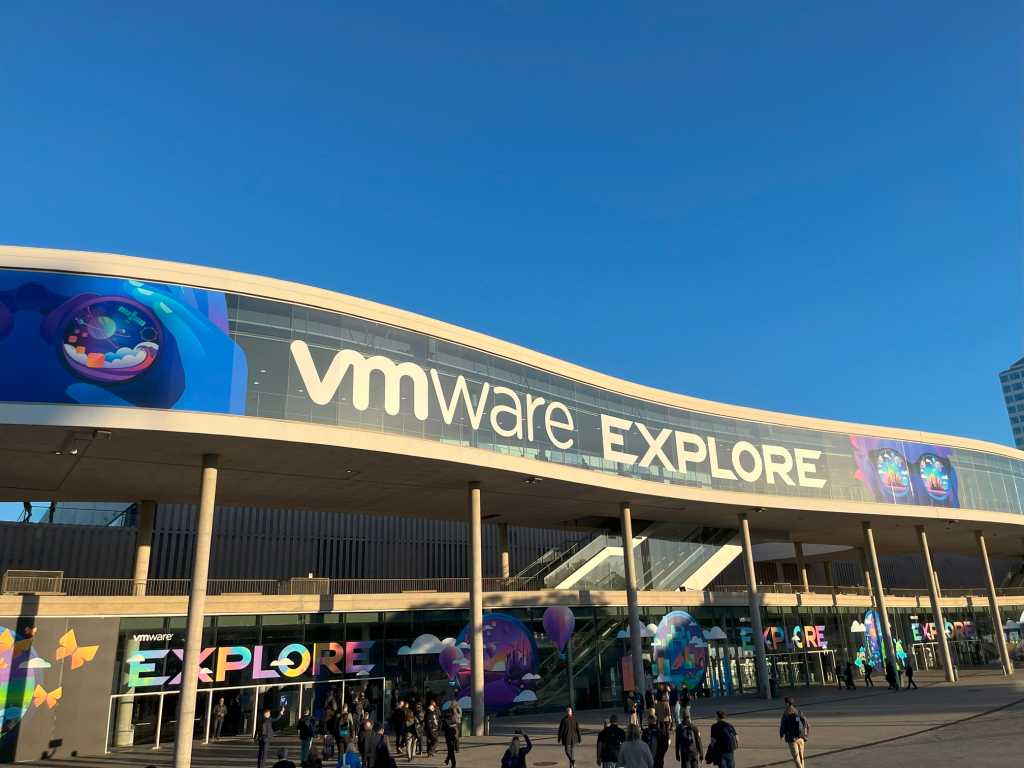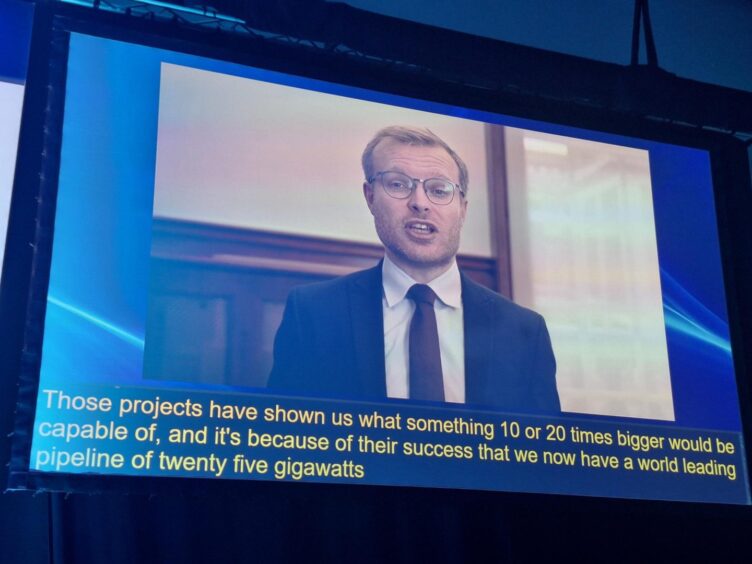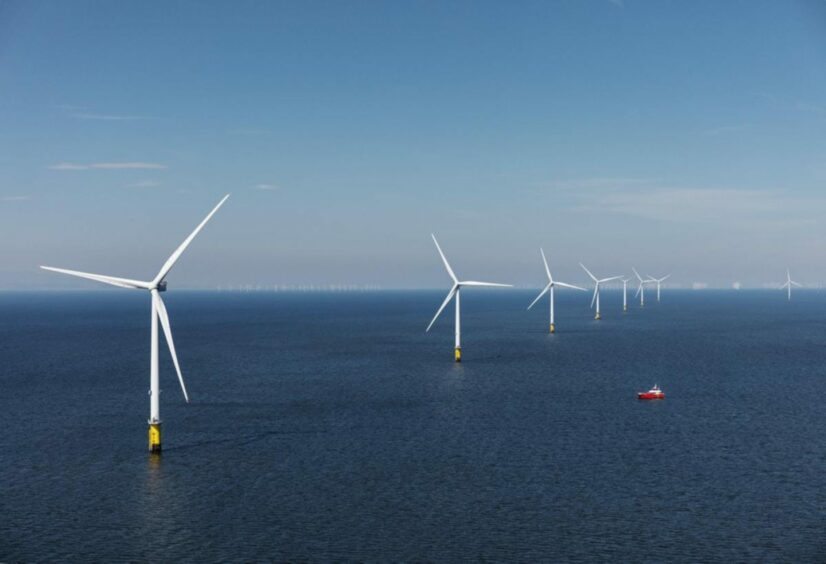
Petro-Victory Energy Corp. is pushing through with the acquisition of 13 oil fields in Rio Grande do Norte, located in the Potiguar Basin of Brazil, from Brava Energia S.A.
Petro-Victory signed a sale purchase agreement, with a 50/50 partnership with Azevedo & Travassos Petroleo (ATP), for the acquisition of Polo Porto Carão and Polo Barrinha from Brava Energia subsidiaries 3R RNCE S.A. and 3R Potiguar S.A.
The Calgary, Alberta-based company signed an exclusivity agreement with Brava Energia S.A. for the assets in December 2024.
The total acquisition value for the assets is $15 million, net $7.5 million for Petro-Victory, it said in a news release. The payment will be made in four tranches plus a gross overriding royalty, of which Petro-Victory’s contribution will be pro-rated at 50 percent working interest.
The transaction is expected to close in the second half of 2025, subject to customary closing conditions and regulatory approvals from the National Agency of Petroleum in Brazil, the company said.
The 13 oil fields, with fully operational production facilities comprising 38,301 acres, are “strategically located adjacent to Petro-Victory’s existing assets,” it said. The assets have current production of 250 barrels of oil per day, with a high-impact work program underway to increase oil production. Brazil’s National Agency of Petroleum has reported a volume of oil in place of 125 million barrels, with a recovery factor of 13.3 percent, according to the release.
“The proximity of the new oil fields to our existing assets enables us to streamline logistics and share services such as maintenance, transportation, administrative support, and resource allocation for personnel, equipment, and technologies. This shared infrastructure significantly reduces overall operational costs,” Petro-Victory said.
The Porto Carão Cluster is located in the Potiguar onshore basin, in the state of Rio Grande do Norte, near the municipality of Guamaré. It comprises four concession contracts that cover four oil-producing fields. The Barrinha Cluster is also located in the Potiguar onshore basin, in Rio Grande do Norte, near the municipality of Mossoró. It comprises seven concession contracts that cover nine oil-producing fields.
Petro-Victory said it currently has three oil producing fields and 34 exploration blocks in the Potiguar Basin. Over the past five years, it has reprocessed and merged 12 volumes of 3D seismic data covering more than 579.15 square miles (1,500 square kilometers) in the Potiguar basin, including volumes which cover the acquired fields.
“This acquisition marks a transformative milestone for Petro-Victory, significantly enhancing our oil production capacity and increasing our proven reserves. We expect the updated reserve report will increase our proven reserves by 50 percent,” Petro-Victory CEO Richard Gonzalez said.
“It also maximizes the substantial investments made by our Subsurface, Engineering, and Operations teams over the past five years in the Potiguar Basin. Through disciplined strategy and technical expertise, we have built a strong position and deep understanding of this oil-prolific basin. We are pleased to further strengthen our partnership with ATP through this acquisition, reinforcing our commitment to unlocking the full potential of the Potiguar Basin,” he added.
Brava originally purchased the 13 oil fields from Petrobras between the years 2020 and 2022. The fields were discovered in 1976 by Petrobras and have produced 16.5 million barrels of oil to date, according to the release.
To contact the author, email [email protected]
WHAT DO YOU THINK?
Generated by readers, the comments included herein do not reflect the views and opinions of Rigzone. All comments are subject to editorial review. Off-topic, inappropriate or insulting comments will be removed.
MORE FROM THIS AUTHOR



















